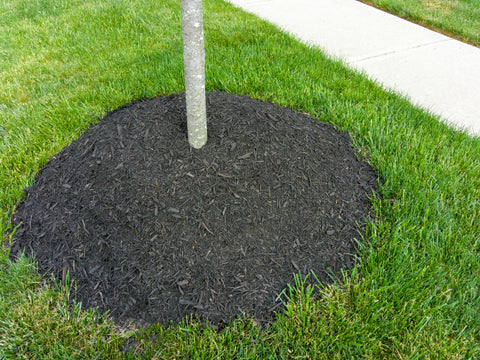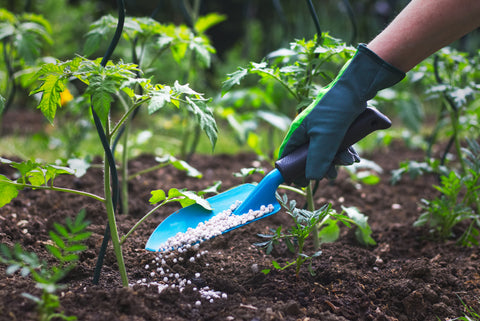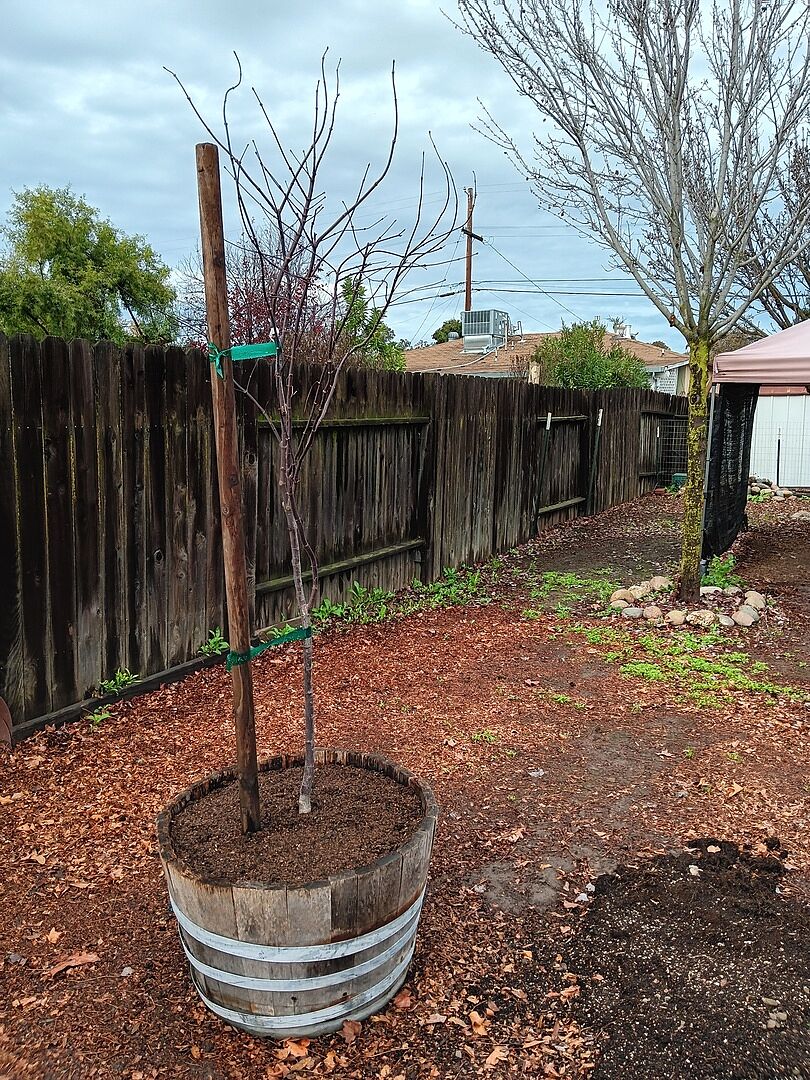Ask a Master Gardener: Summer Planning for Fall Planting
Last updated: Jul 29 2021

This is the second article in our Ask a Master Gardener series. Our resident Master Gardener, Phyllis, is sharing her top tips for planting, landscaping, garden basics and more!
It's July, and it is hot! Although you can plant in summer if you’re brave, many gardeners avoid it. Especially in the warm South, where we are, the summer heat and lack of rain can cause stress to your trees and plants. If you haven’t mulched your yard yet, please get on it. Much helps keep the soil moist and provides nutrients as it breaks down.
If you're mulching newly planted trees, keep in mind a rule called the “3 3’s” rule. Mulch should be applied:
- 3 inches deep
- 3 feet out from the trunk of the tree, and
- 3 inches away from the trunk
Have you ever noticed that some people pile mounds of mulch around the trunk? I actually think it looks like a volcano, with the tree erupting from the center. Please do not do this - it can damage the tree.

This mulch is mounded too close to the trunk of the tree.

This tree is mulched correctly, with mulch not touching the trunk.
Another thing to remember - everything needs water in the summer heat. It's best to water plants early in the morning. For trees, water the roots, not the leaves. Do not let your sprinkler spray the leaves, as this can increase your risk of fungus or sun scorch. I water almost all of my plants this way, as shrubs can fall victim to the same things that damage trees.

Water shrubs and trees at the roots in the summer to avoid disease.
Let’s talk about the amount of water your landscape needs. Watering once weekly is typically enough, if done correctly. Correctly means giving the yard and each plant an inch of water each time you turn the sprinkler on.
And I know your next question - how do you measure an inch of water? I use a tuna can, which is about 1 inch deep, and sit it under the sprinkler. When it fills up, you have given the ground 1 inch of water. Time how long that takes, and you can get rid of the can and just time the sprinkler. However, I like to use the can, as someone always asks me about the tuna can in my front yard.
Summer is the time for plants to rest. Trees and shrubs are stressed by heat, so don’t prune them and do not fertilize.
If you have a tree or shrub that is looking weak, please have a soil test done (you can pick one up at most nurseries, or your local extension program). How in the world will you know what is missing in the nutrient department, if you don't use a soil test? Then, you can pick out a SLOW-release fertilizer to feed the ill plant. But fertilize carefully - it can be a danger to plants in the summer, because the fertilizer can draw water out from the plant’s roots.

Avoid fertilizing in the summer, since fertilizer can add stress to plants. Only fertilize plants that appear to be ill.
Summer is also rest time for you. Take that glass of lemonade (or whatever you prefer) and go to the hammock. Look at all the work that has been done to make the yard beautiful. Take a notebook and write down ideas and plants that you want to incorporate when planting season returns in the fall. Summer is not the best time for planting, but it is for planning. Happy dreaming.
Written by
Phyllis Ferguson
Phyllis is a Master Gardener growing in Zone 7 in Charlotte, North Carolina. She loves working in her landscape with flowering shrubs and perennials, planting around ponds and water features, and taking care of her dogs and her backyard chickens.
A longtime Master Gardener educator in North Carolina, Phyllis is sharing her best tips for plant selection, gardening, landscape care and more with FastGrowingTrees.com.























































































































































































































































